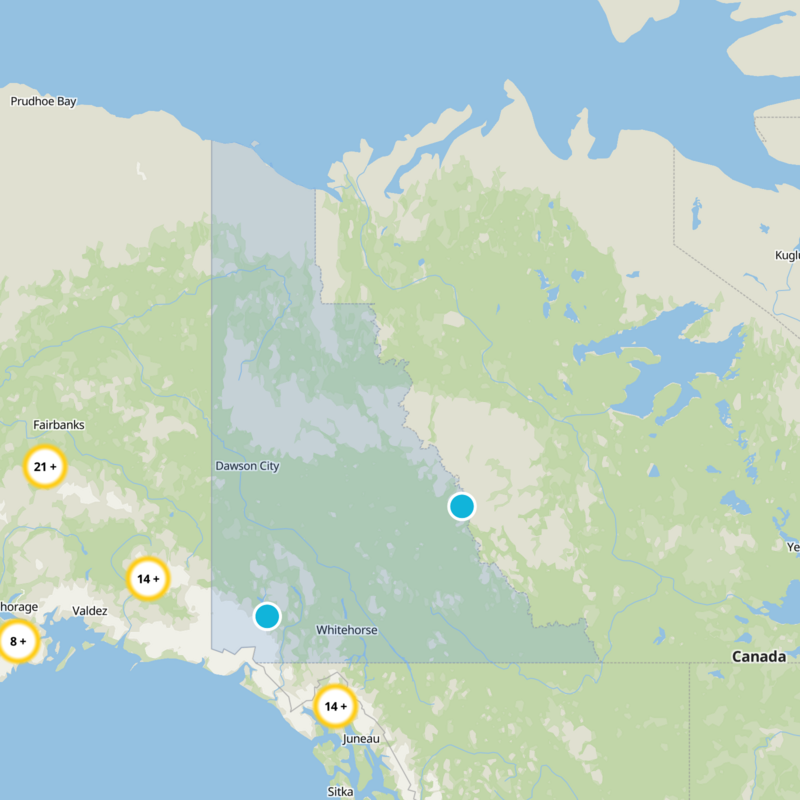"Experience Yukon's breathtaking beauty, from majestic peaks to dancing Northern Lights, on an inspiring journey."
Embark on an unforgettable adventure in the Yukon, where the wild, untamed beauty of Canada's north awaits. Traverse the stunning landscapes of Kluane National Park, home to towering peaks and the largest non-polar icefields. Discover the historic Chilkoot Trail, echoing with tales of the Gold Rush. Marvel at the vibrant tapestry of tundra in Tombstone Territorial Park. With endless daylight in summer and the ethereal dance of the Northern Lights in winter, Yukon's trails promise awe and inspiration at every turn.
Most popular trails
FAQs about hiking in Yukon









